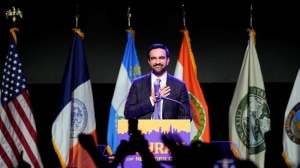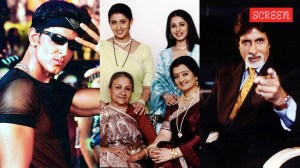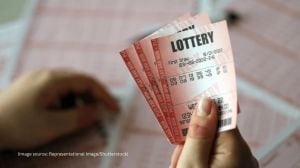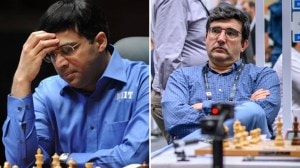Her Story, Once Again
I am an Indian, very brown, born inMalabar, I speak three languages, write inTwo, dream in one.— Kamala Das (Summer in Calcutta: Fifty ...

I am an Indian, very brown, born in
Malabar, I speak three languages, write in
Two, dream in one.
— Kamala Das (Summer in Calcutta: Fifty Poems)
She may be a celebrated poet and a painter — and a fine exponent of short stories — but as Kerala’s controversial writer Kamala Das (now Suraiyya) ‘‘dredges’’ her past, only images flash by. Of two places. Three cultures. Of Malabar, where she spent her long summer holidays; Calcutta, where she lived the rest of the year with her father and mother, the celebrated poet Nalapat Balamani Amma; and St Cecilia’s, the stiff British school she attended in Calcutta.
Kamala Das gives an inkling of what’s to be expected from this remembrance of things past in the preface: ‘‘Often, I would grow physically tired with the effort of remembering and the weight of memory would prove too heavy a burden for me.’’ The exercise — of retelling the past — came about after her psychoanalyst friend Ramanlal Patel and his wife Padmaben urged her to ‘‘explore’’ her memory. ‘‘They would bring me a packet of Bourbon biscuits filled with chocolate cream — as memory after memory surfaced, accompanied by fragments of speech, I felt them explode within me like a shower of fireworks, lighting up forgotten areas of my life, filling them with colour and sound and scent.’’
Two volumes poured out of this exercise — Balyakala Smarankal (Memories of Childhood) and Varshangalkku Mumbu (Many Years Ago) — published in 1987 and 1989, respectively. Gita Krishnankutty collates them into one in this English translation.
It’s World War II and Kamala journeys back and forth between Calcutta and Malabar. Her Calcutta days are lonely and dull. But we do get a glimpse of her poet-mother’s world: ‘‘Achan (father) called my mother ‘child’. He thought of her as a child as well. Amma did not have the freedom to enter the kitchen or do any housework. Achan believed that danger lurked — in the form of fire, knives, chilli powder and boiling water.’’
|
|
|
Kamala Das’s is a rambling tale, fragmented like memory itself. No shadows lurk in her childhood, no My Story-like revelations. There is little magic in her realism
|
|
|
In Malabar, under the loving care of her grandmother, she gets crucial lessons — about caste and creed, life and death. Along the way, we are treated to the sights and sounds of her beloved Malabar — the jamun trees, the parayankaali dancers, the wandering minstrels and the fascinating world of the servants peopled by phantoms — and yakshis with breasts as big as jackfruits — and filled with portents. While she is at her ancestral Nalapat home, Calcutta fades from her mind like an old dream and she longs to put an end to her schooldays so she can start ‘‘my married life just like Ammamma’’. We now know of course that Kamala Das got married at the age of 15 and had her first child when she was 16 — long before she took up the pen or the brush.
In the end, it’s a rambling tale, fragmented like memory itself. No shadows lurk in her childhood, no My Story-like revelations. (My Story, Kamala Das’s autobiography, created a storm when it was released in 1988.) And though her childhood ‘‘remains a treasure-house of memories from whose inexhaustible depths I can still invoke tale after wonderful tale’’, she is no Gabriel Garcia Marquez, who also lives to tell the tale and is enthralled with his grandmother and her storehouse of stories. No, there is little magic in Kamala Das’s realism.



- 01
- 02
- 03
- 04
- 05




























